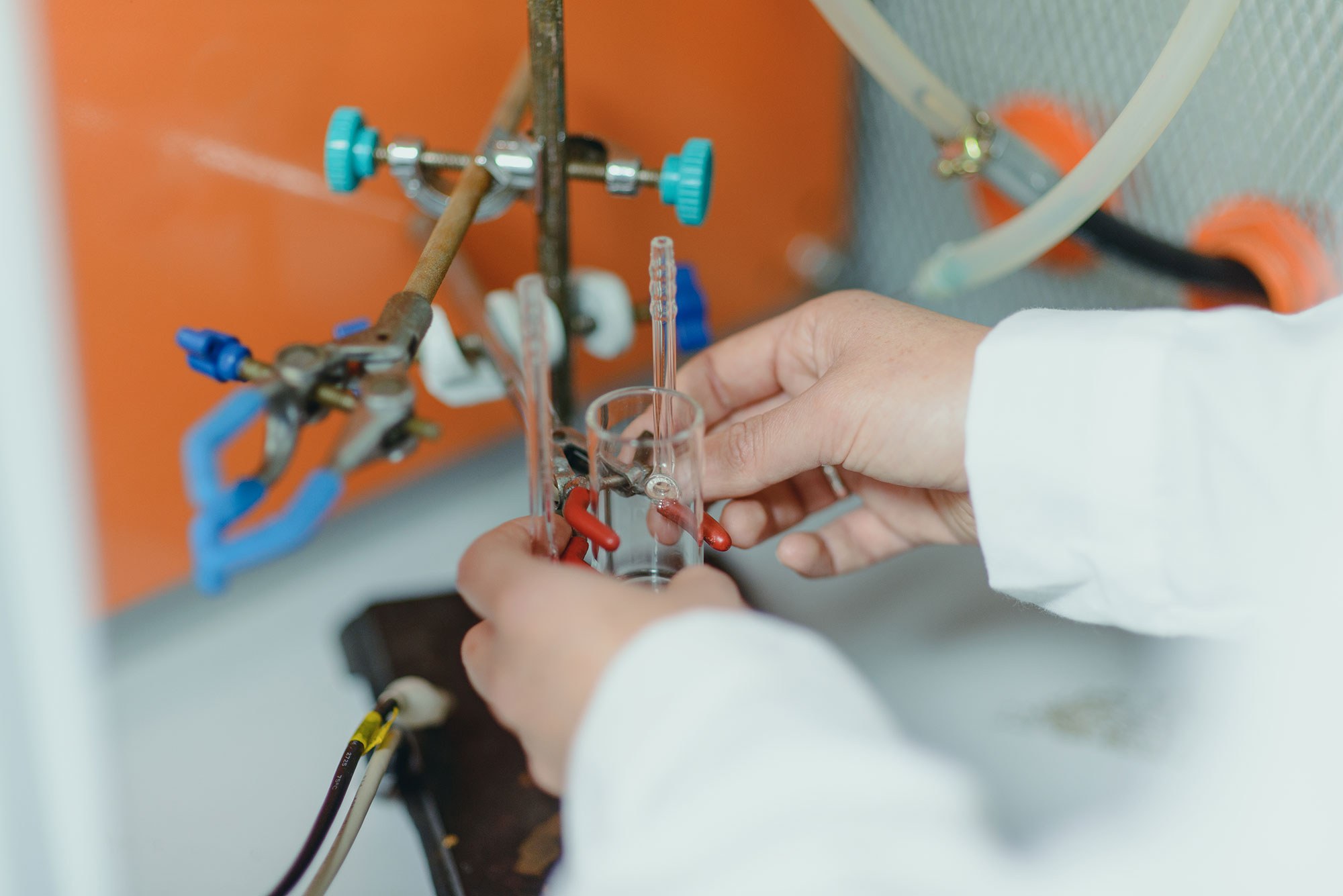Nietiadi, M. L., Valencia, F., Gonzalez, R. I., Bringa, E. M., & Urbassek, H. M. (2020). Collisions between amorphous carbon nanoparticles: phase transformations. Astronomy & Astrophysics, 641, A159. https://doi.org/10.1051/0004-6361/202038183
Abstract:
Context. Collisions of nanoparticles (NPs) occur in dust clouds and protoplanetary disks.
Aims. Sticking collisions lead to the growth of NPs, in contrast to bouncing or even fragmentation events and we aim to explore these processes in amorphous carbon NPs.
Methods. Using molecular-dynamics simulations, we studied central collisions between amorphous carbon NPs that had radii in the range of 6.5–20 nm and velocities of 100–3000 m s−1, and with varying sp3 content (20–55%).
Results. We find that the collisions are always sticking. The contact radius formed surpasses the estimate provided by the traditional Johnson-Kendall-Roberts model, pointing at the dominant influence of attractive forces between the NPs. Plasticity occurs via shear-transformation zones. In addition, we find bond rearrangements in the collision zone. Low-sp3 material (sp3 ≤ 40%) is compressed to sp3 > 50%. On the other hand, for the highest sp3 fraction, 55%, graphitization starts in the collision zone leading to low-density and even porous material.
Conclusions. Collisions of amorphous carbon NPs lead to an increased porosity, atomic surface roughness, and changed hybridization that affect the mechanical and optical properties of the collided NPs.
Rafael González
rafael.gonzalez@umayor.cl


